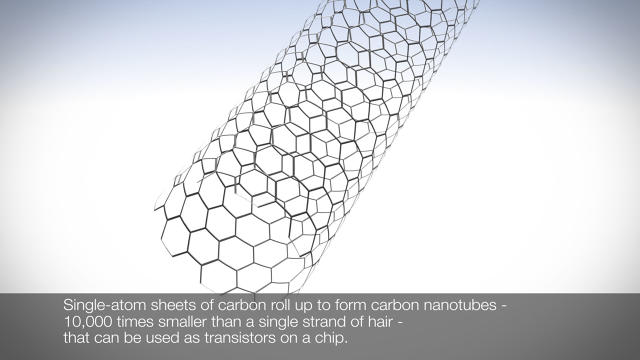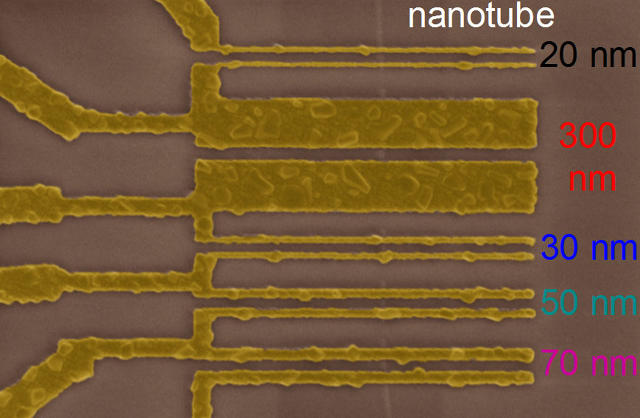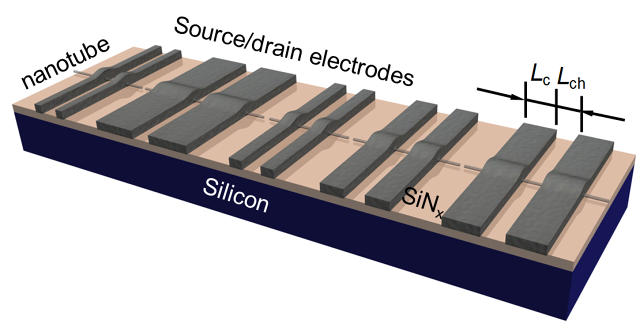IBM Says Its Carbon-Nanotube-based Chips Can wreck via Limits of Moore’s legislation
IBM says Its atomic-thin transistors can blow silicon-primarily based chips away.
October 1, 2015
IBM’s research division says it has found out a way to exchange silicon semiconductors with carbon nanotube transistors, an innovation that enormous Blue believes will dramatically improve chip efficiency and get the business past the boundaries of Moore’s regulation.
In a release about its step forward, IBM said its researchers successfully gotten smaller transistor contacts in a technique that didn’t restrict the power of carbon nanotube units. the end result, the company stated, could be smaller and sooner laptop chips that significantly surpass what’s possible with these days’s silicon semiconductors.

With chips made out of carbon nanotubes—such as single atomic sheets of carbon in rolled-up tubes—high-efficiency computers could well have the ability to inspecting large data sooner, they usually might additionally raise the battery existence and power of mobile and linked units. As well, the boost could allow cloud-based totally information facilities to provide extra environment friendly services, IBM claims.
The impetus for the analysis is the limits of Moore’s law, which has for years governed the ability of the semiconductor trade to double the processing power of chips every 24 months. In contemporary years, however, it has seemed doubtless that trade has reached the boundaries of physics in terms of doubling the ability of silicon chips. That has intended the probable slowing of serious computing efficiency boosts.

up to now, IBM says, its researchers have proven that carbon nanotube transistors are in a position to working as switches at widths of 10,000 occasions thinner than a human hair, and no more than half of the size of essentially the most advanced silicon expertise. Now, with its latest analysis, the company argues that it has overcome “the other major hurdle in incorporating carbon nanotubes into semiconductor devices,” consistent with IBM, “which may end in smaller chips with larger performance and lower energy consumption.”

That’s as a result of electrons found in carbon transistors transfer extra effectively than these which might be silicon-based totally, whilst the extraordinarily skinny our bodies of carbon nanotubes supply more advantages at the atomic scale, IBM says.
All instructed, the corporate believes, the new research is soar-beginning the transfer to a post-silicon future, and paying off on $three billion in chip research and building funding IBM introduced in 2014.
[Images: courtesy of IBM Research]
quick company , read Full Story
(113)














